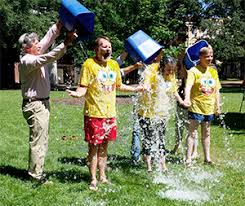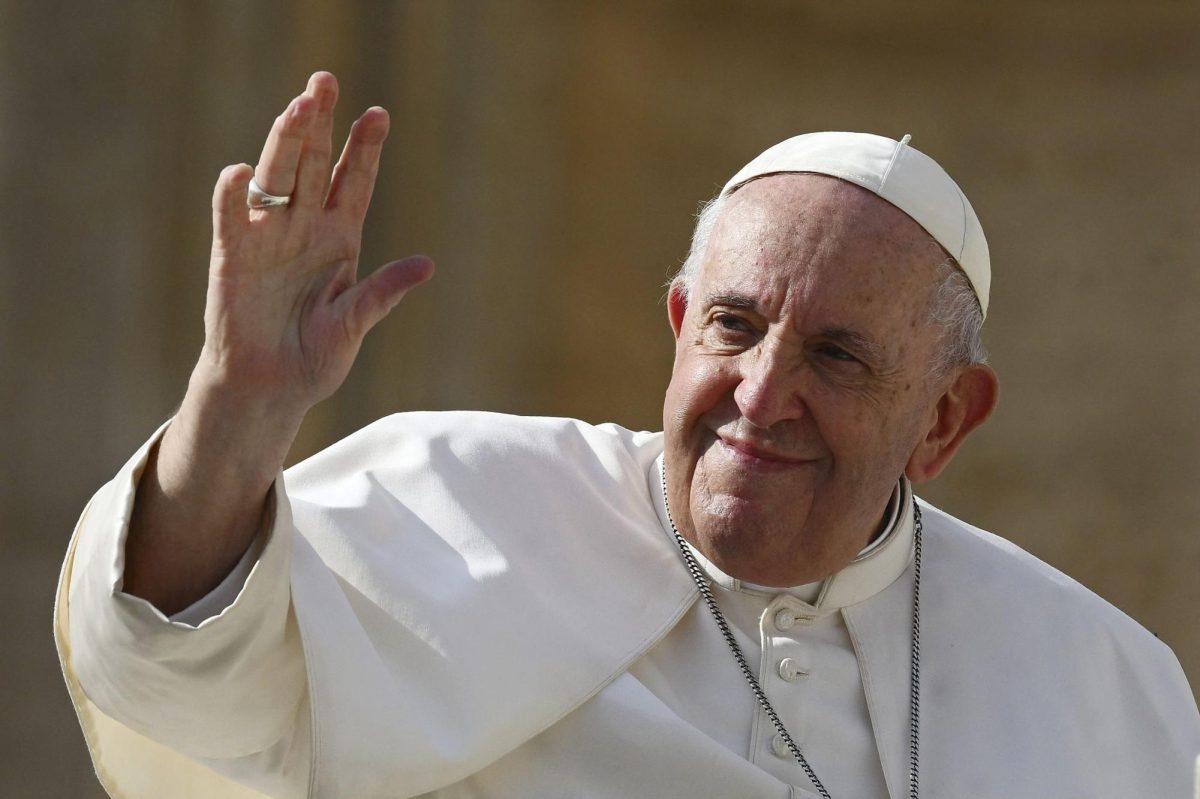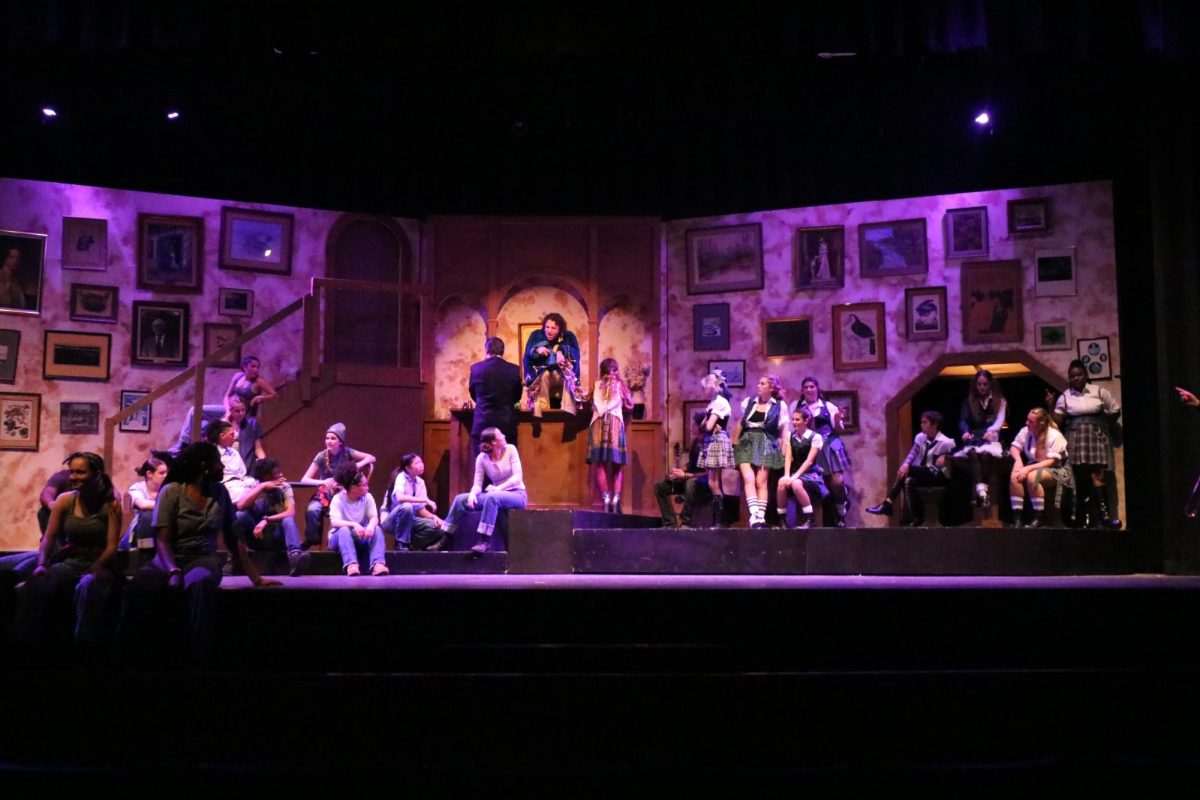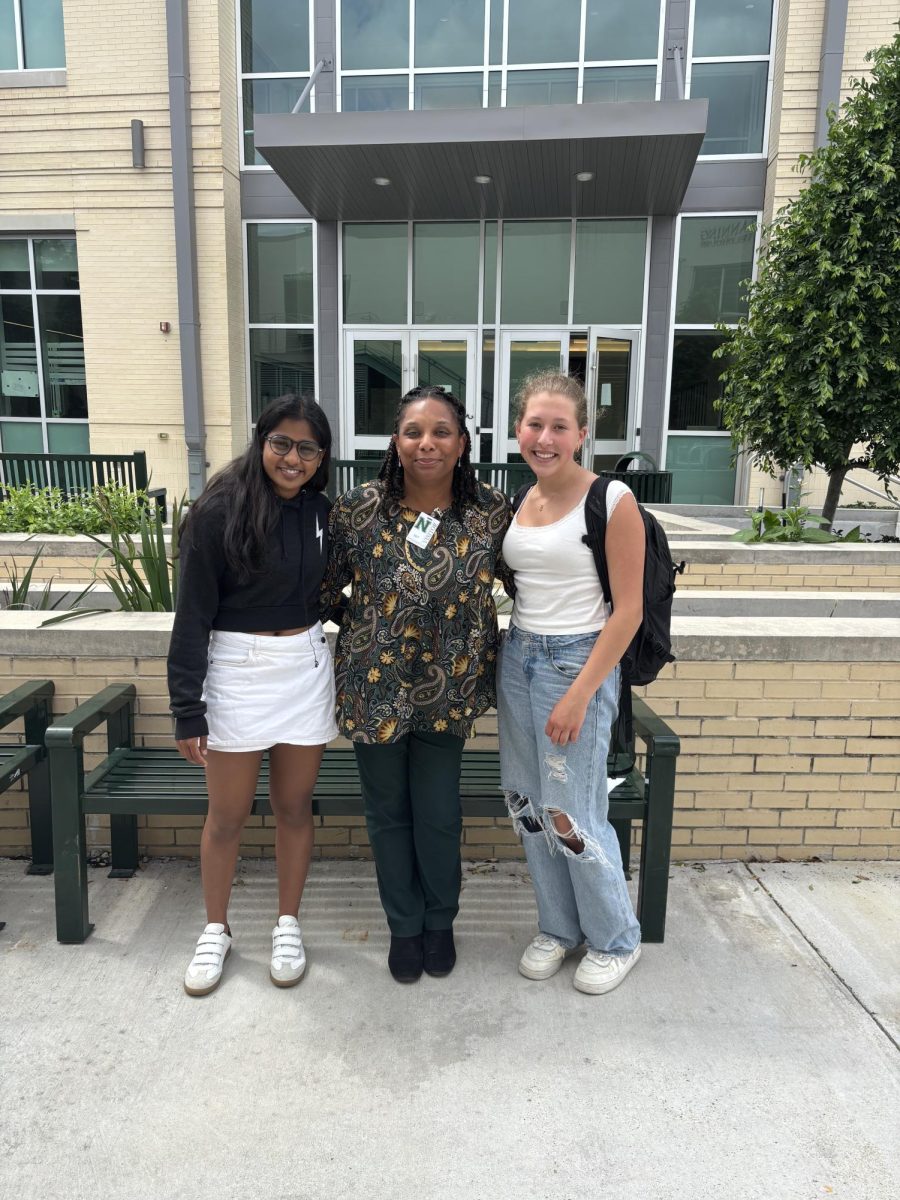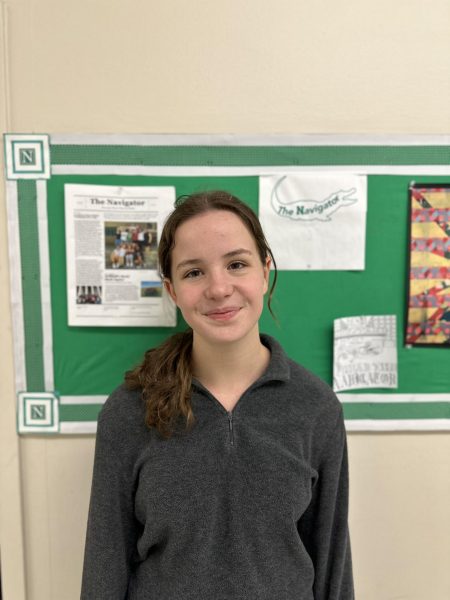As of Tuesday October 24, the death toll of the 168 car pile on I-55 north rose to eight people. The multi-car pileup occurred around 9 a.m. and made national news shortly thereafter. About 63 people were injured in what was one of the biggest pileup crashes in the New Orleans area in recent memory.
The massive pileup occurred due to low visibility caused by what scientists call a “super fog.” Due to the marsh fire smoke and regular fog, visibility was only as far as 10 feet. However, many people took to the roads anyway in order to get to work and school. This set up the prime condition for the massive crash.
Shortly after the initial accident, a portion of the crash caught on fire, which destroyed many of the cars involved in the initial crash. By Tuesday afternoon, most of the vehicles were removed from the site of the crash, and a portion of the I-55 was reopened that evening.
Survivors of the crash described it as a harrowing ordeal in which they were unable to see through the hazy conditions, with the exception of watching smoke swirl from burning vehicles. The survivors gathered at Middendorf Manchac’s seafood restaurant, where they shared their experiences while listening to the sounds of additional crashes and explosions on the distant I-55.
One such survivor, Dominic Loya, was driving on the I-55 on his way to work on Monday morning. Somehow, he saw the cars stopped in front of him through the thick fog. Even though he was driving a rental, he quickly jammed on his brakes, opened his car door, and rushed out. Loya quickly jumped over the highway median, shortly after he made it to the median, vehicles careened into the back of his car. He said that there was no telling what would have happened to him if he had stayed in his car.
Other survivors told reporters that when they were driving, their view quickly changed from dense fog to a white metal wall of cars and trucks. They managed to steer their vehicle away from the crash, but they became wedged between the bridge’s barrier and a car ahead of them. Before escaping the wreck, they watched the fire from the tanker truck clear away the super fog, allowing them to see the wreck about twenty cars deep in front of them.
At the restaurant, the survivors agreed that the interstate should not have been open due to the low visibility. In fact, the Causeway bridge was closed because it was too dangerous to drive. Many survivors found themselves asking, “The Causeway was closed down . . . So why not close this?”
Additional Reading:
https://www.cbsnews.com/news/louisiana-i55-pileup-deaths-superfog/
https://www.reuters.com/world/us/louisiana-super-fog-kills-7-massive-car-pile-up-2023-10-24/
Photo:
https://www.washingtonpost.com/nation/2023/10/24/louisiana-super-fog-car-crash/


